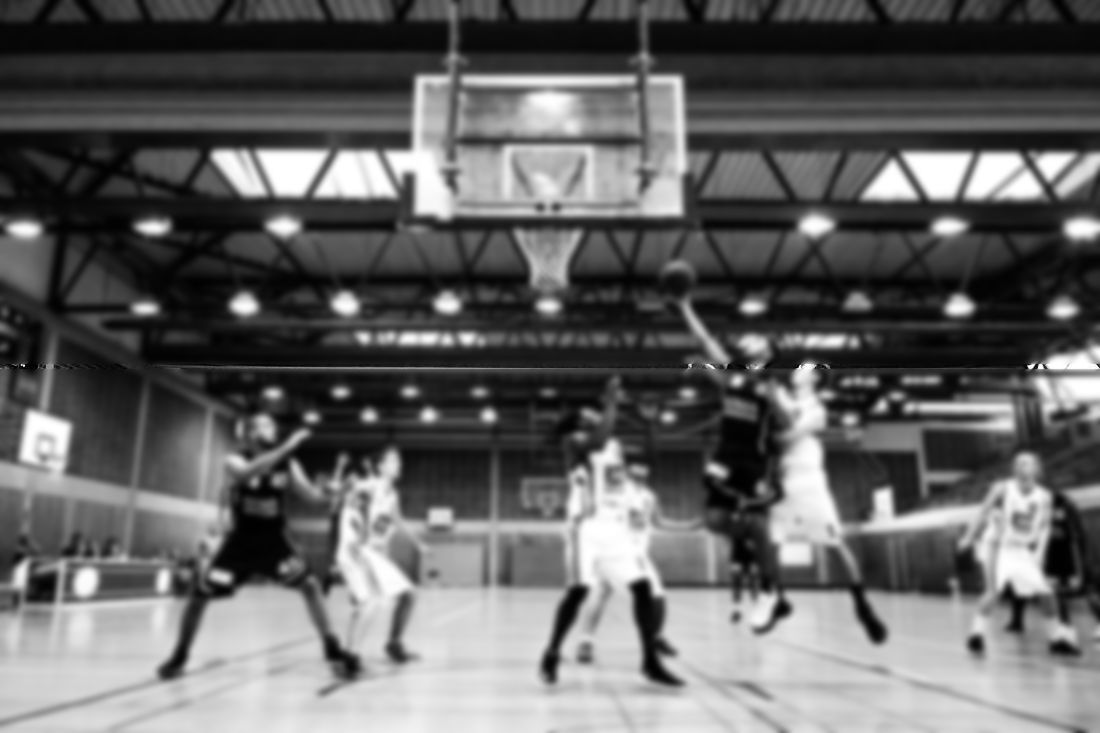LEARN
|
We will get right to the point. For ages twelve and under no zone defense should be played as a player to player or man to man defense better develops the individual skills related to guarding a player both off and on the ball. By playing zone at such young ages the coach has made the decision to emphasize winning a tournament or game versus long-term development. Most eight through twelve years old naturally struggle with perimeter shooting from the three point line, throwing skip passes, looking defenders off and throwing the pass the other way, and being comfortable with the ball in the middle of the zone all of which makes a zone defense effective at the youth level. Fight any urge you may have to take advantage of these natural deficiencies at these young ages to win a game or keep your team in a game. In fact, FIBA (International Basketball Federation) has a “no zone defense” rule for players under the age of fourteen with the stated intent to help the development of young players both offensively and defensively.
We do recommend that you teach a player to player or man to man defense for ages fourteen and under. In our defensive team concepts section we have a progressive teaching program with appropriate drills and games specific to each age level of development. These drills and games address the core defensive concepts of proper stance, vision, anticipation, communication, and togetherness. It is important as you develop your defensive philosophy to know how you will guard the post (play behind, three-quarter deny, or full dead front), guard one pass away from the ball (be in the gap or denying), and guard ball screens (help and recover, trap, or switch) for clarity and decisiveness. Jack Bennett, the former head coach at the University of Wisconsin-Stevens Point and two time NCAA Division III National Champion said that if your team is more athletic than most teams that you will play you can get out and deny one pass away, otherwise play in the gap. We highly recommend playing one on one each practice as able to improve on the ball defense and incorporate transition defensive work within your practice plan. If your team struggles guarding the ball or fails to make the offense go against a set defense you will struggle to defend anybody. Rebounding can be emphasized by finishing each drill with a rebound throughout your practice. Lastly, defensive breakdown drills (one on one, two on two, three on three, and four on four) are highly recommend as it forces the defense to have to cover more space.
0 Comments
|
Archives
April 2024
Categories
All
|

 RSS Feed
RSS Feed